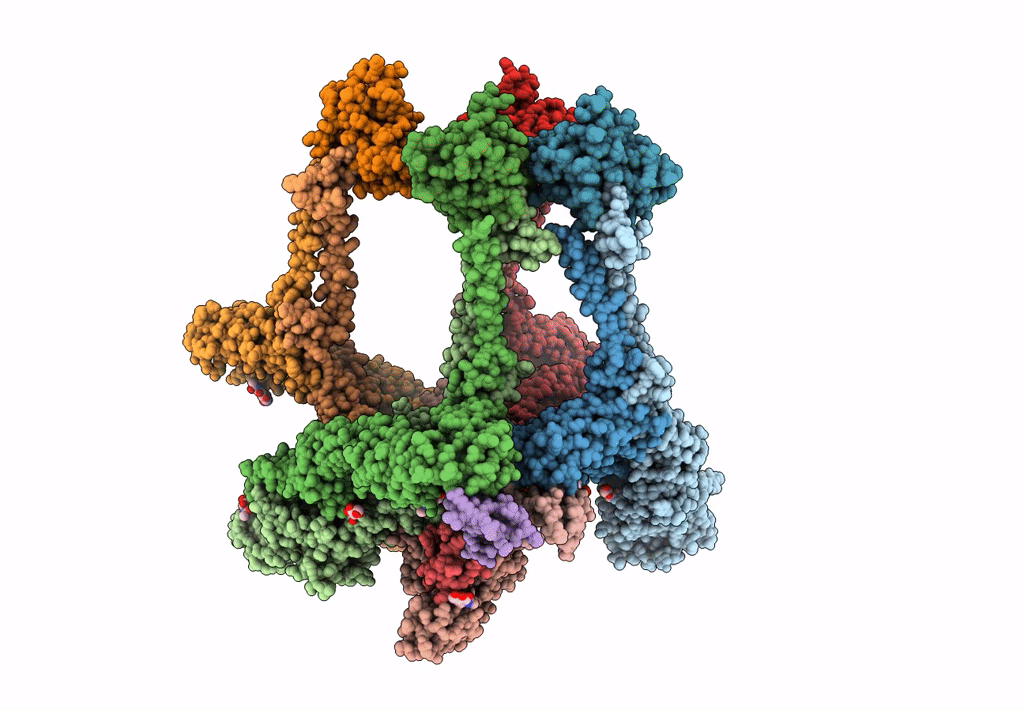
Deposition Date
2023-02-23
Release Date
2023-04-12
Last Version Date
2025-07-02
Entry Detail
PDB ID:
8IHP
Keywords:
Title:
Structure of Semliki Forest virus VLP in complex with the receptor VLDLR-LA3
Biological Source:
Source Organism:
Semliki Forest virus (Taxon ID: 11033)
Homo sapiens (Taxon ID: 9606)
Homo sapiens (Taxon ID: 9606)
Host Organism:
Method Details:
Experimental Method:
Resolution:
3.00 Å
Aggregation State:
PARTICLE
Reconstruction Method:
SINGLE PARTICLE


